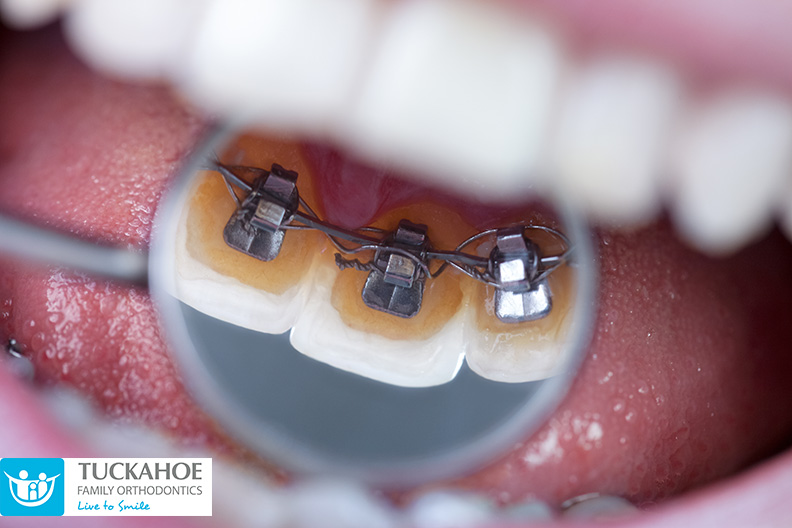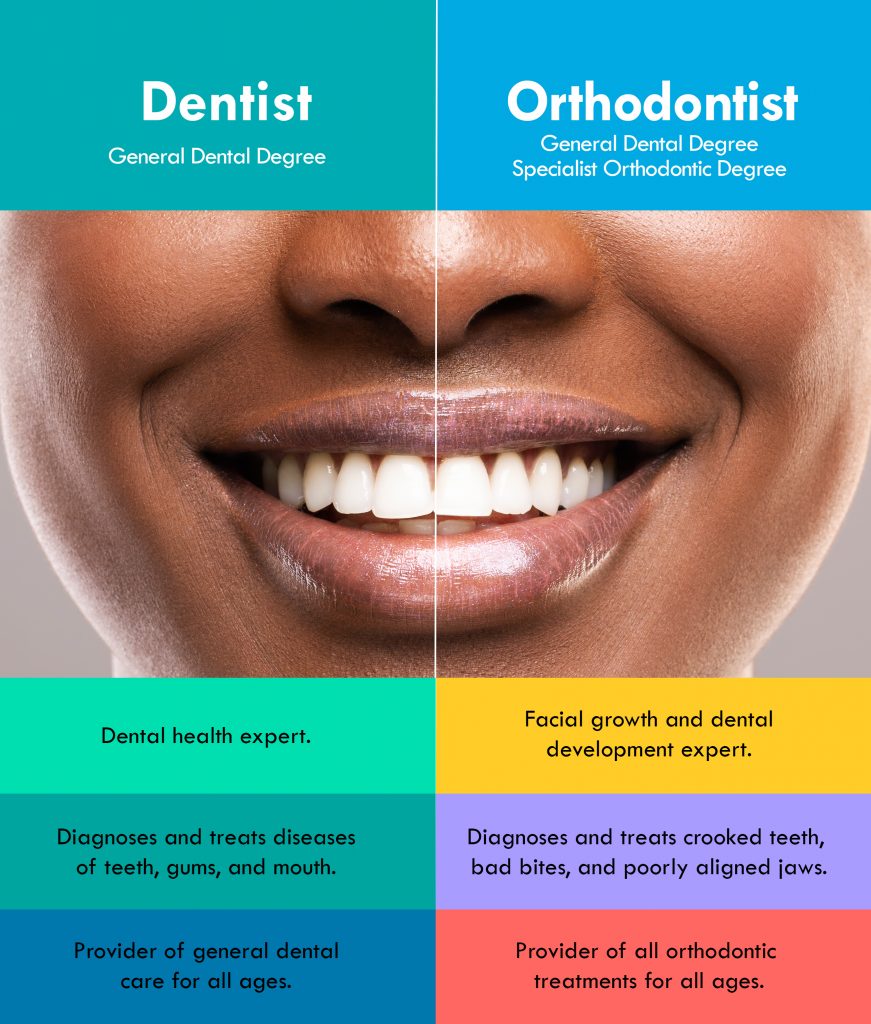The Facts About Legacy Orthodontics Uncovered
Wiki Article
Legacy Orthodontics Fundamentals Explained
Table of ContentsHow Legacy Orthodontics can Save You Time, Stress, and Money.The smart Trick of Legacy Orthodontics That Nobody is DiscussingAbout Legacy OrthodonticsThe 15-Second Trick For Legacy OrthodonticsHow Legacy Orthodontics can Save You Time, Stress, and Money.
In addition, we use flexible treatment timetables, versatile payment alternatives and a fun, pleasurable experience.An orthodontist is a dentist educated to detect, protect against, and treat teeth and jaw irregularities. Orthodontists work with people of all ages, from children to grownups.
Malocclusion, or misaligned teeth, can bring about oral issues, consisting of dental caries, periodontal illness, and difficult or unpleasant chewing. However not everybody is birthed with straight teeth. If you have a negative bite or big rooms in between your teeth, you might intend to get in touch with a dental expert specializing in orthodontic care.
The Main Principles Of Legacy Orthodontics
( Photo Credit Scores: DigitalVision/Getty Images) Orthodontists make use of fixed and removable oral gadgets, like braces, retainers, and bands, to alter the placement of teeth in your mouth. Orthodontic therapy is for oral abnormalities, consisting of: Misaligned teethBite issues, like an overbite or an underbiteCrowded teeth or teeth that are also much apartJaw misalignmentThe goal of orthodontic treatment is to improve your bite.While you may believe of orthodontists as generally for youngsters or teenagers who need braces, they can remedy oral problems at any kind of age. Orthodontists attend college, oral school, and orthodontic college.
, yet not all dental professionals are orthodontists. They concentrate on two locations: Just how to appropriately and securely relocate teeth How to effectively direct development in the teeth, jaw, and faceOnce an orthodontist has completed training, they have the option to become board certified.
Legacy Orthodontics for Dummies
Imbalance, or malocclusion, is one of the most common reason individuals see an orthodontist. It is genetic and is the outcome of dimension distinctions between the upper and lower jaw or between the jaw and teeth. Malocclusion causes tooth overcrowding, an askew jaw, or irregular bite patterns. Malocclusion is normally treated with: Your orthodontist connects steel, ceramic, or plastic square bonds to your teeth.If you have just minor malocclusion, you might have the ability to utilize clear dental braces, called aligners, instead of conventional dental braces (http://prsync.com/legacy-orthodontics/). Some individuals need a headwear to aid relocate teeth right into line with stress from outside the mouth. After braces or aligners, you'll need to put on a retainer. A retainer is a personalized device that maintains your teeth in position.
They're usually made use of on children. They can create added space in the mouth without having to pull teeth. If you have a serious underbite or overbite, you might require orthognathic surgical procedure (also called orthodontic surgical procedure) to extend or shorten your jaw. Orthodontists utilize cords, medical screws, or plates to sustain your jaw bone.
You may need to see an orthodontist if you have: Crowding or not sufficient area for every one of your teethOverbite, when your top teeth come your base teethUnderbite, when your base teeth are also much forwardSpacing or concerns with gapsCrossbite, which is when your top teeth fit behind your bottom teeth when your mouth is closedOpen bite or a vertical gap in between your front bottom and upper teethMisplaced midline, when the facility of your base and upper teeth don't line up Dealing with a dental malocclusion can: Make biting, chewing, and talking easierImprove the proportion of our face and your overall appearanceEase discomfort from temporomandibular joint disordersSeparate your teeth and make them less complicated to clean, assisting prevent dental caries or tooth cavities It's often a dental practitioner that initially notifications misaligned teeth during a routine exam.
Legacy Orthodontics Can Be Fun For Everyone

Throughout your Resources very first orthodontic examination, you'll likely have: A dental examPhotos taken of your face and smileDental X-raysPanoramic (360 degree) X-rays of your face and headImpressions to create molds of your teethThese examinations will certainly assist your orthodontist know how to proceed with your therapy. leesburg orthodontist. An orthodontist is a dental expert that's had training to treat your teeth and jaw
An orthodontist is focused on your bite, so something like a chipped tooth would certainly be dealt with by a dentist. Orthodontists are concentrated on your bite, or the method your teeth fit with each other, and the straightness of your teeth. Ever before questioned how celebs always appear to have completely straightened teeth? The response frequently depends on the proficient hands of an orthodontist. What exactly does an orthodontist do? Orthodontists are oral specialists who concentrate on remedying irregularities in the teeth and jaws. Their expertise goes past simply producing a beautiful smile; it encompasses improving your general oral health and function.
How Legacy Orthodontics can Save You Time, Stress, and Money.

, orthodontists have a varied toolkit at their disposal. These reliable braces use a system of braces bound to the teeth and attached by cords.
These detachable trays are tailor-made to gradually shift the teeth's placement. In situations of narrow jaws, palatal expanders can be made use of to produce space for correct tooth positioning.
Report this wiki page